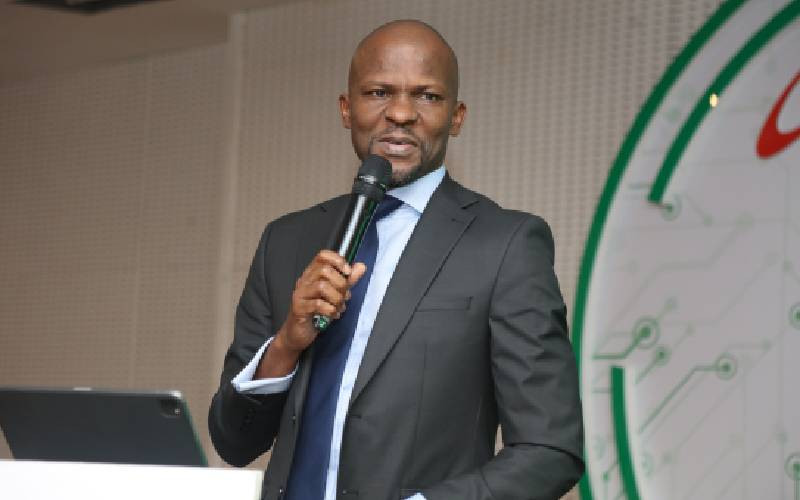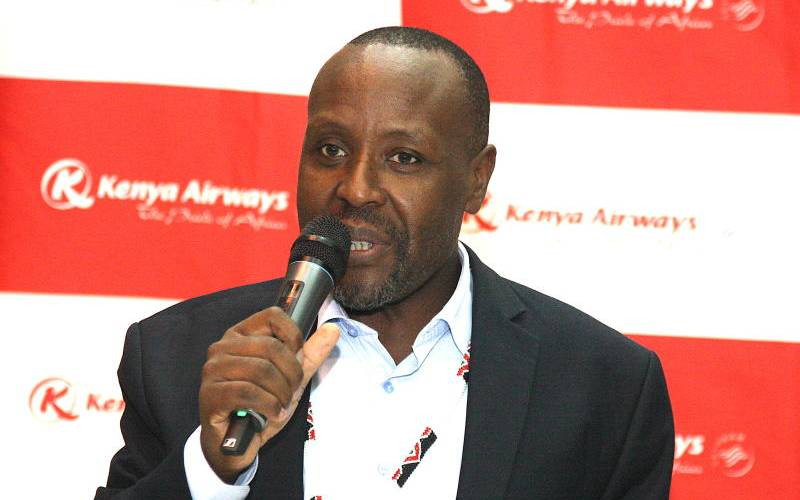
I have long held a critical view of the Petitions to Parliament (Procedure) Act of 2012, particularly when measured against the robust rights accorded to children under the 2010 Constitution.
The Act constructs a procedural labyrinth that effectively disenfranchises children — a group explicitly protected and empowered by the Constitution. Article 53 elevates children’s status, guaranteeing them education, protection, and the paramountcy of their best interests.
In my assessment, the current petition process is a structural barrier that undermines these constitutional promises, silencing children on matters that shape their lives—be it dilapidated school facilities, oppressive workloads, or even the high-handedness of authority figures like school principals. This exclusion is a violation of their rights and betrayal of Kenya’s democratic ethos.
Children are not passive recipients of rights; they are active stakeholders in the nation’s future, as enshrined in the Constitution. Article 37 states, “Every person has the right… to present petitions to public authorities,” while Article 119 specifies this right extends to Parliament for “any matter within its authority.”
The term “person” is not qualified by age, and Article 53(2) mandates that a child’s best interests take precedence in all matters concerning them. This legal framework, reinforced by Article 21(3)’s call to address vulnerable groups, positions children as rightful participants in governance. The UNCRC’s Article 12, domesticated through the Children Act, further obligates Kenya to ensure children can express views on issues affecting them, with due weight given to their age and maturity. Denying children direct access to petition Parliament perpetuates a system where their voices are filtered through adults—often guardians or MPs—who may not always act in their best interests. The current process—requiring a structured petition with an ID number, unavailable to those under 18, submission to the Clerk in Nairobi, or reliance on an MP—places insurmountable hurdles before them. This is exclusion by design.
Children’s issues—school conditions, mental health strained by familial dysfunction, or societal neglect—are not peripheral but central to Kenya’s development. We nurture children to become active citizens. Globally, several nations offer models that, while not always child-specific, demonstrate the feasibility of inclusive petition systems.
Scotland’s Citizen Participation and Public Petitions Committee (petitions.parliament.scot) stands out. It is open to “any person or organisation,” with no age limit. Petitions are reviewed with feedback rather than rejection, and no signature threshold is required for consideration.
The justification for children’s access to Kenya’s petition process is threefold: constitutional fidelity, societal benefit, and individual empowerment. First, it upholds Articles 37, 119, and 53, ensuring the law reflects the Constitution’s intent rather than subverting it through procedural gatekeeping. A system that demands IDs children don’t have or submission points they can’t reach mocks the promise of universal participation.
Second, children’s petitions could illuminate grassroots realities driving policy that adults might overlook. I see this as a corrective to top-down governance, rooting it in lived experience. Third, giving children agency fosters civic responsibility and resilience, countering the passivity imposed by adult intermediaries.
Critics might argue children lack maturity or that guardians suffice as proxies. Yet maturity is a spectrum—literate children can articulate needs—and guardians may fail them, especially when implicated in the issues raised. My critique, rooted in social consciousness, leads me to propose specific reforms to the Petitions to Parliament Act.
First, children should petition directly. A child’s letter about a leaking classroom roof need not be polished; parliamentary staff can refine it, clustering similar petitions for omnibus action.
Second, submission points must decentralise, for instance a child-friendly digital portal could replace the Nairobi-centric bottleneck.
Third, legal guardianship must not impede this right. When a child petitions about parental neglect, their constitutional agency supersedes intermediaries, with Parliament referring sensitive cases to competent agencies anonymously to protect them.
Stay informed. Subscribe to our newsletter







